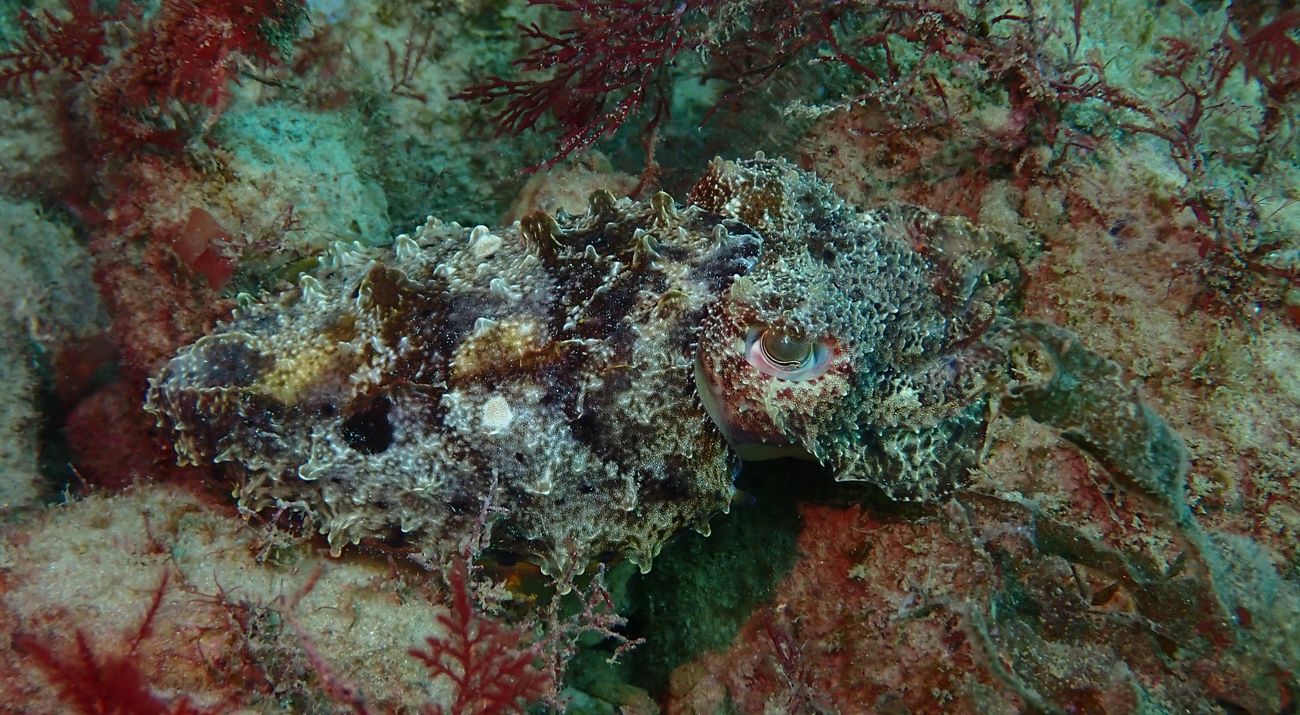
Reef Builder: Restoring Australia's lost shellfish reefs
Expanding reefs at O’Sullivan Beach
A Reef Builder project
O’Sullivan Beach is a seaside suburb located in the southern Adelaide metropolitan area on the eastern coast of the Gulf St Vincent or Wongga Yerlo in Kaurna language.
The coast is within the Encounter Marine Park and is characterised by beautiful white sandy beaches and offshore rocky reefs covered in kelp and abundant temperate marine life. It is a popular location for beach walks, fishing, surfing, sailing, kayaking, and diving.
The history of the Gulf St Vincent shellfish reefs
Historical fishing records show that shellfish reefs were once dominated by the Australian Flat Oyster. They were so prolific that they supported a significant oyster fishery in South Australia during the 1800s. In fact, in 1873 the very first legislation written in South Australia was a law to protect oyster beds from overfishing. This was even before the South Australian government was formed.
Shellfish reefs fell into decline
South Australian waters were once teeming with shellfish reefs. At one point, these ecosystems were so abundant that they covered more than two thirds of the South Australian coastline. Reefs played a crucial role in the region’s ecological health — helping to improve water quality through filtering, and providing crucial habitat for marine life.
In the 1800s, when Europeans settled in Australia, large amounts of oysters were harvested for food to support growing colonies.
In the early 1900s, oyster reefs were dredged as a source of lime and construction materials to form the foundations of city infrastructure such as bricks and concrete.
Over time, urban and agricultural runoff flowing into Adelaide’s coasts reduced water quality and clarity. With extensive development, the Adelaide metropolitan coastline has experienced significant environmental degradation.
The O'Sullivan Beach Shellfish Ecosystem Restoration project
In 2017, TNC and partners set out to restore shellfish reefs along the South Australian coastline. We began with a $4.2 million initiative by constructing a 20-hectare reef at Windara, followed by a second initiative at Glenelg.
Both reefs show extraordinary signs of new life. Oysters as big as an adult hand are thriving. Wildlife has been spotted enjoying the reefs with squid, whiting and even blue swimmer crabs.
We have expanded reef restoration in South Australian to the more exposed shoreline of O’Sullivan Beach. The O’Sullivan Beach shellfish reef was built by The Nature Conservancy Australia in partnership with the Federal Government, the South Australian Department for Environment and Water, and City of Onkaparinga.
A vision for O'Sullivan Beach
O’Sullivan Beach reef, constructed in November 2021 includes 22 limestone reef patches that cover a two-hectare seafloor area and sits about 500 metres offshore. Over 4,000 tonnes of limestone was place on the sandy seafloor in 10 metres water depth and then seeded with 3.6 million baby oysters that were grown on recycled oyster shells at a nearby hatchery.
A 70km region of Adelaide’s metropolitan coastline was assessed for suitability. We looked at locations from Port Adelaide to Sellicks Beach. Mapping looked at water depth, wave energy, sand or seagrass presence and proximity to boat ramps. It was then reviewed and refined by a team of restoration experts and marine scientists who suggested a number of priority locations, one of which was O’Sullivan Beach. O’Sullivan Beach was chosen as an Adelaide metropolitan shellfish reef, as the site offers suitable environmental conditions with good opportunities for colonisation of marine species from the nearby rocky reefs of the Encounter Marine Park.
After a temporary 12-month fishing ban in 2022, the reef is now open for fishing and diving with the collection of oysters off the reef prohibited.
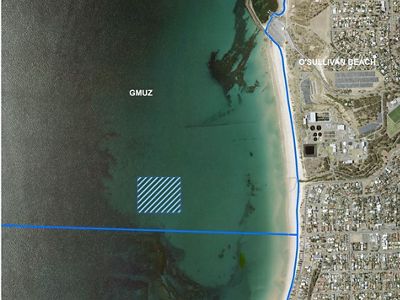
The reefs are coming back to life
At the O’Sullivan Beach reef, we are seeing recovery of an ecosystem that was once lost from this coastline. Early post-construction observations by divers revealed millions of oyster recruitments on the limestone boulders.
Within the first year, we measured a density of Australian Flat Oyster populations at around 724 ind. m2, far exceeding restoration success benchmarks. From our Baited Remote Underwater Video (BRUV) and diver surveys we have seen Banded Seaperch (Hypoplectrodes nigroruber), Black-spotted Wrasse (Austrolabrus maculatus), Yellowtail scad (Trachurus novaezelandiae), and Silverbelly (Parequula melbournensis), with the most common fish species being Tommy rough (Arripis georgianus).
There are promising signs that these reefs will be havens for marine life and fishing with an increase in the estimated biomass of fish on the reefs compared to the nearby sandy seafloor area that we surveyed.
The reef is coming to life
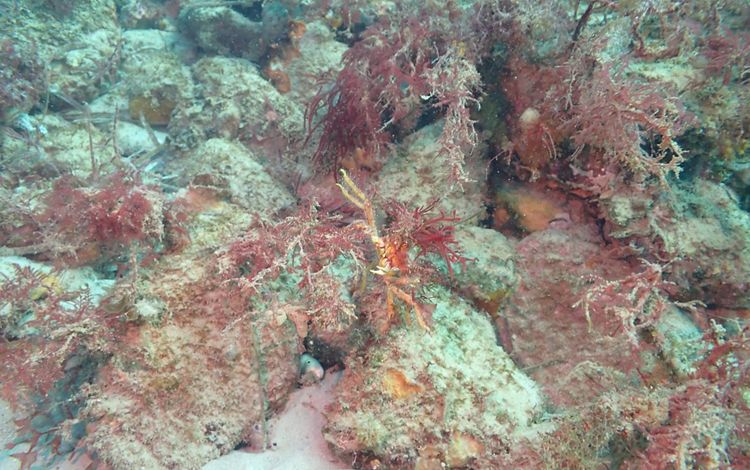
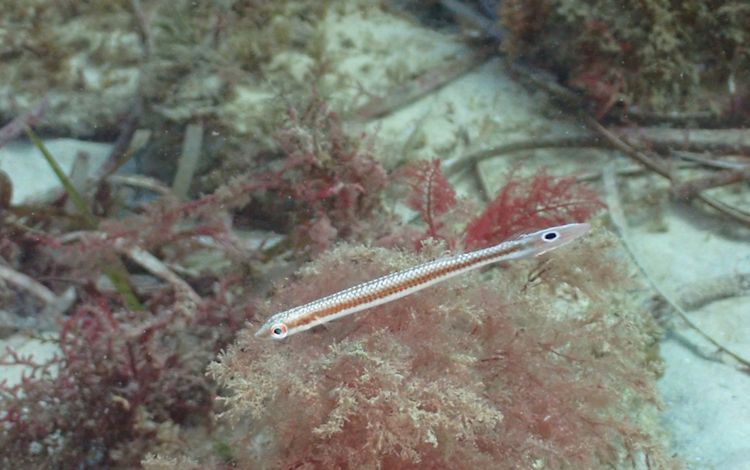
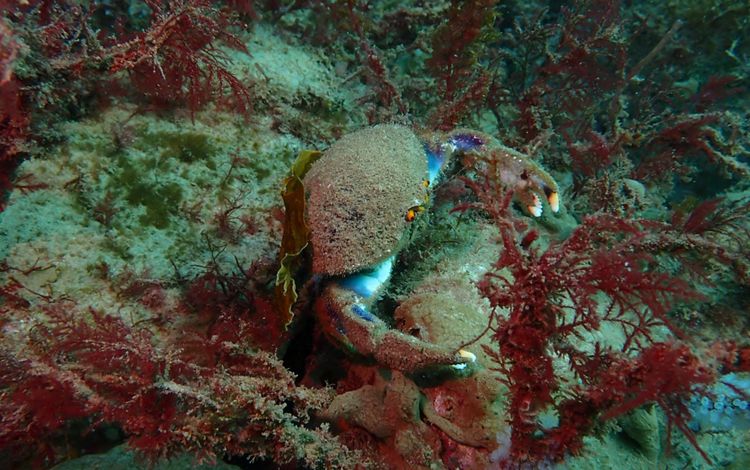
It doesn't stop here
Whilst the monitoring frequency naturally changes as the restored reef bases become settled, the reefs are still monitored for changes. The Department for Environment and Water have continued to do collect BRUVs and Reef Life Survey data to measure the ongoing recovery of the reef.
For more information on the achievements of the Reef Builder initiative, read the 2024 Reef Builder Final Summary Report.